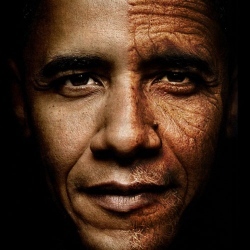
Ray Kurzweil predicts that in the coming decades the term “life expectancy” will become irrelevant. By then medical advances and nanotechnology will be such effective tools with which to repair our bodies as they break down with age it will be as simple as car repair, changing out old parts for new and getting us back on the road again. Indefinitely. Even without the breakthrough technologies that allow us to regrow organs or reprogram faulty genes technological advances are making their imprint on our longevity. But a puzzling part to the equation has emerged. While humans are in fact living longer lives on average, the oldest age that the oldest people reach seems to be stubbornly and oddly precisely cemented right at 114.
Life expectancy nearly doubled in developed countries over the 20th century. Prior to 1950 the increase was due mostly to a decrease in infant mortality. After the 1950s it was a decline in old age mortality that provided the main life-prolonging force. Improvements to the social and physical environments and breakthroughs in healthcare underlie both phases of mortality decrease. A person born in the US at the turn of the 20th century could expect to live 49.2 years. Their ancestor born in 2003 could reasonably expect to see their 77th birthday. But while average lifespans continue to lengthen, the oldest of the old appear to be encountering a rather powerful limiting factor. As reported recently in Slate, the number of oldest supercentenarians – people 110 and older – has stayed at around 80 over the past few years. And the age at which they die hasn’t changed over the past few decades. Data from japan is used to illustrate this. In 1990 there were 3,000 people 100 or older, the oldest of them being 114. Twenty years later the number of people aged 100 and over had grown to around 44,000, but the oldest was still 114. Robert Young, a gerontologist working for the Guinness Book of World Records, estimates that “the odds of a person dying in any given year between the ages of 110 and 113 appear to be about one in two. But by age 114, the chances jump to more like two in three.”
